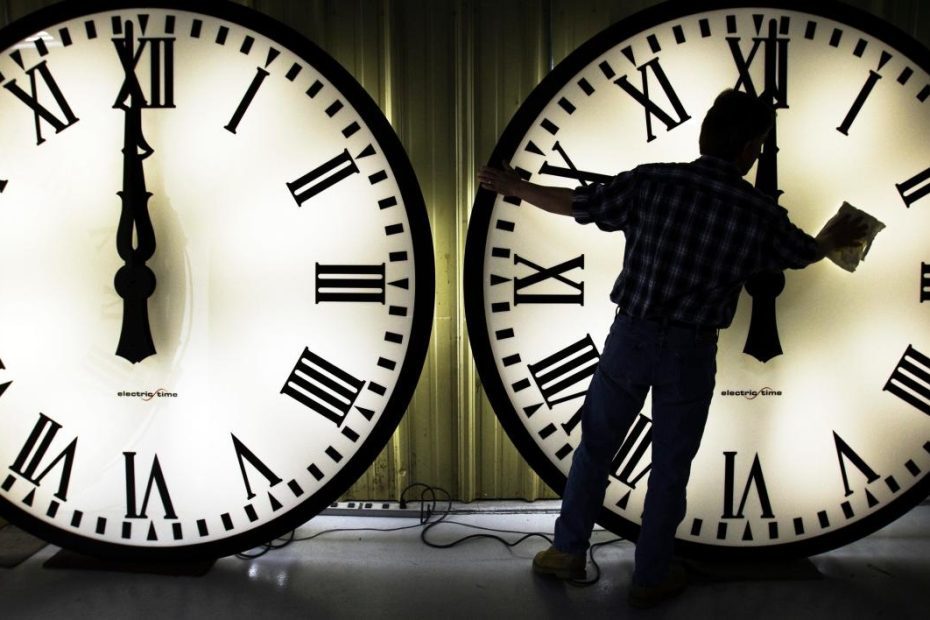Ready for an extra hour of sleep?
For millions of Americans, that will soon become a reality as Daylight Saving Time ends for the year. The biennial time change, which brings longer daylight into the evenings in the spring and summer and longer daylight into the fall and winter, begins in March and ends in November.
The one-hour shift can be confusing and disruptive to sleep patterns, which has even led Congress to take action in recent years to potentially end the practice.
But for now, Daylight Saving Time remains in effect for most, but not all, Americans. Here’s what you need to know before it ends this year.
Hope, Alaska: 'The most romantic city in the universe'
When does Daylight Saving Time end in 2024?
Daylight Saving Time ends this year at 2am local time on Sunday 3 November. Then we will 'fall back' and get an extra hour of sleep.
Next year it will start again on Sunday, March 9, 2025.
What is Daylight Saving Time?
Daylight Saving Time is the period between March and November when most Americans set their clocks forward one hour.
We gain an hour in November (as opposed to losing an hour in the spring) to create more daylight in the winter mornings. When we “spring forward” in March, it is to add more daylight in the evenings. In the Northern Hemisphere, the autumnal equinox is Sunday, September 22, which marks the beginning of the fall season.
When does Daylight Saving Time start in 2024?
Daylight Saving Time begins in 2024 at 2 a.m. local time on Sunday, March 10, when clocks move forward one hour. This is part of the biennial time change that affects most, but not all, Americans.
Is Daylight Saving Time Over?
The proposal to stop changing the clocks was brought to Congress in recent years when the U.S. Senate unanimously passed the Sunshine Protection Act in 2022, a bill to make Daylight Saving Time permanent.
Although the Sunshine Protection Act passed the Senate unanimously in 2022, it failed to pass the U.S. House of Representatives and was not signed into law by President Joe Biden.
A 2023 version of the law also remained dormant in Congress.
Does every state observe Daylight Saving Time?
Not all states and U.S. territories observe Daylight Saving Time.
Hawaii and most of Arizona do not observe Daylight Savings Time. Due to its desert climate, Arizona does not observe Daylight Savings Time (with the exception of the Navajo Nation). After most of the U.S. passed the Uniform Time Act, the state decided there was no good reason to adjust its clocks so that sunset would occur an hour later during the warmest months of the year.
There are also five other U.S. territories that do not participate:
-
American Samoa
-
Guam
-
Northern Mariana Islands
-
Puerto Rico
-
US Virgin Islands
The Navajo Nation, which lives in parts of Arizona, Utah and New Mexico, does observe Daylight Saving Time.
Hawaii is the other state that does not observe Daylight Savings Time. Due to its proximity to the equator, there is not much variation in daylight hours throughout the year.
This article originally appeared on USA TODAY: What is Daylight Saving Time? Here's When It Ends for 2024

